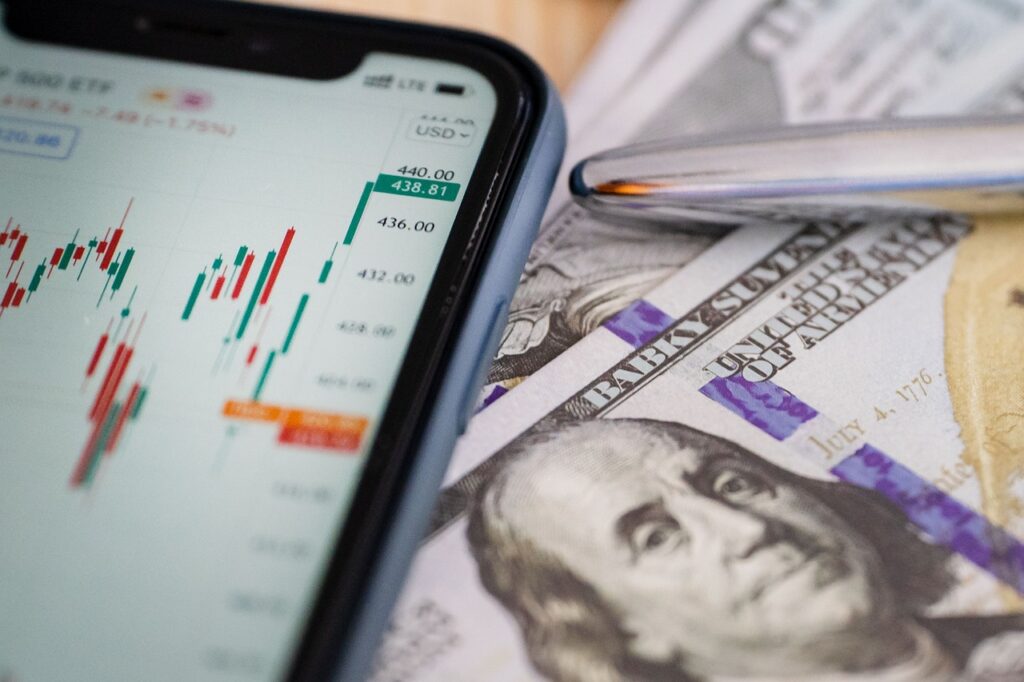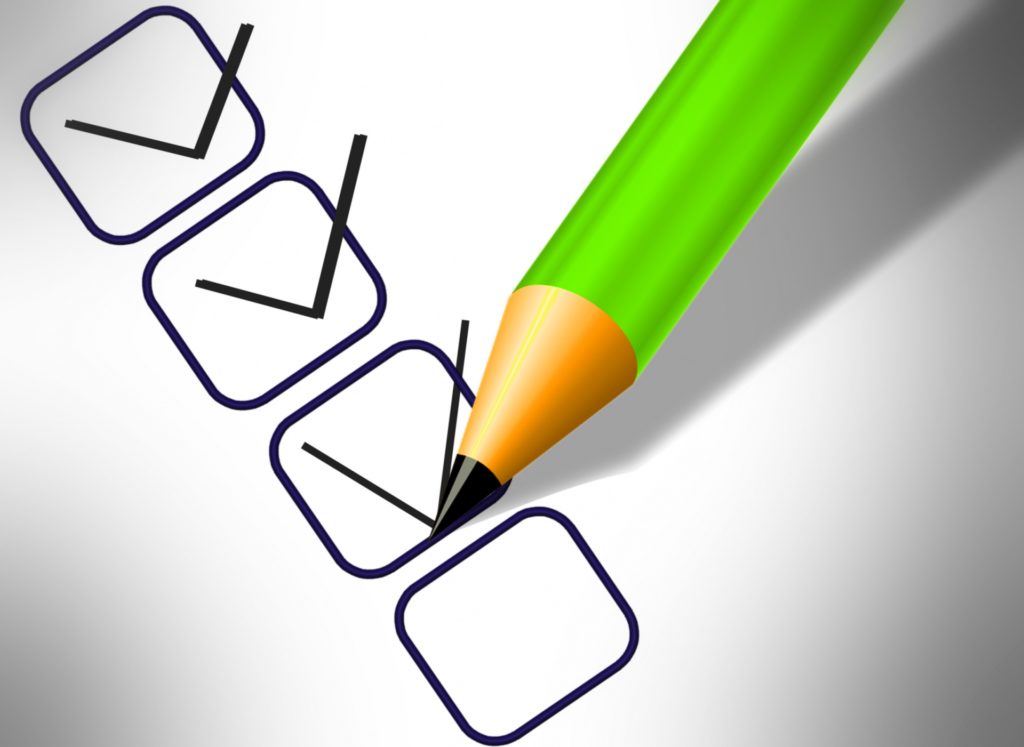Are you interested in starting an online store but feel overwhelmed by the prospect of creating one from scratch? If so, buying an existing Shopify store could be the solution you need! With over 4.4 million websites globally using Shopify as of 2023, this platform has become a popular choice for aspiring entrepreneurs looking to sell their products online.
To help you out, we’ve compiled this comprehensive guide where we’ll walk you through the benefits of using Shopify, reasons why buying an existing Shopify store can be an excellent investment and step-by-step guidance on how to buy a Shopify store.
Whether you’re a seasoned business owner or a first-time entrepreneur, our guide will give you the essential information you need to make an informed decision and start developing successful ecommerce brands. Let’s get into it!
What is Shopify?
Shopify is a platform for businesses of all sizes to create an online store. Shopify provides users with everything they need to create and run an online store, including a customizable platform, payment processing, shipping, and customer management tools.
This subscription-based platform is easy to use (even for those with no technical experience), scalable, so you can start small and grow your business as your needs change, and offers 24/7 support. Shopify also integrates with many third-party tools and services, allowing for further extending the functionality of your store.
Here are a few Shopify statistics you should know:
- Shopify powers more than one million online stores in 175 countries, has more than 2.1 million daily active users and accounts for $319 billion of global economic activity.
- It is the third-largest ecommerce platform in the United States after Amazon and eBay.
- More than half of Shopify merchants have repeat customers.
One of the principal advantages of utilizing Shopify is that unlike Amazon or other ecommerce platforms, Shopify store owners are granted complete jurisdiction over their product listings, storefront design, and customer data.
Customer data access, in turn, allows sellers to cultivate more personalized and direct relationships with their target audience. It also helps them develop email lists and evaluate key metrics to minimize unnecessary expenses and adjust product listings to their audience’s needs and/or expectations.
Other than that, the Shopify Shipping feature allows sellers to monitor and fulfil orders through an array of mail classes and delivery service providers such as UPS and DHL, which is an added bonus for a dropshipping business.
Moreover, a Shopify business owner also receives the opportunity to sell their products in offline stores using Shopify POS.
The Benefits of Buying a Shopify Store
Due to the great profit that can be made through Shopify, it’s understandable that you’re eager to start as soon as possible. However, when starting a business from the ground up, there are many steps that need to be taken prior to officially launching your own Shopify business.
But what if someone had already done all the tedious and time-consuming work for you? It’s possible when you decide to buy an existing business:
- Established customer base. An existing Shopify store typically has a customer base familiar with the brand and products, which can be valuable for driving repeat sales and word-of-mouth referrals. By purchasing an existing online ecommerce store, you can leverage the existing customer base and established brand recognition to jumpstart your sales and marketing efforts.
- Proven business model. An existing ecommerce business has already gone through the process of developing a successful business model, which means you can avoid the trial and error of starting from scratch. You can use the existing store as a blueprint for your own business, with proven strategies for product selection, pricing, marketing, and customer service.
- Pre-built website. Such a business venture is more likely to already have a professional website with a proven design and layout, which can save you time and money in creating a new website. The website will already have a functional e-commerce platform, payment processing system, and customer management tools that are essential for running an online business.
- Product selection. By purchasing a store with a product selection that aligns with your interests and target market, you can save time and resources in researching and selecting products that solve the problems of your target audience.
- SEO and marketing. These two are essential for building online visibility and bringing in more customers. This means you can make use of the existing marketing efforts to drive traffic and sales instead of starting from scratch with little to no online presence.
- Faster ROI. Considering that such a business has already been established and generating revenue, you can potentially recoup your investment more quickly and start earning profits sooner than with an entirely new business venture.
The Buying Process: Step-by-Step
Buying online businesses requires a lot of consideration and analysis. Here are the key steps you should follow:
Identify Your Key Requirements
Before you start searching for a Shopify store to purchase, it’s best to determine what you want and how much money and time you can dedicate.
You need to establish a budget, decide how much effort you’re willing to put in and decide which products you feel comfortable selling. This will make it easier to identify the ideal store once you begin your search.

When it comes to determining the budget, you need to know how much you are willing to invest. It’s possible to purchase a new, functioning Shopify store for as little as $50, or you could spend several millions of dollars on an already established store that generates revenue each month.
If you don’t have much time on your hands, you might want to stay away from stores that require a lot of work, such as product manufacturing, marketing, PR, and operations.
All in all, you need to have a clear idea of the products you want to sell and any ethical concerns you may have about where the suppliers source their products before you enter a Shopify exchange marketplace and start researching possible options.
Research
Once you have determined the amount of time and money you can allocate to the business you intend to buy, as well as what kind of business you want to purchase, it is time to conduct some initial research on possible stores that fit your specifications.
But where to find Shopify stores to purchase?
To find a Shopify store to buy, the best way is to use a brokerage service that specializes in the purchase and sale of websites. These website marketplaces usually let you search through stores with filters, such as:
- price,
- revenue,
- age,
- business model,
- industry,
- platform.
Make sure you use the filters carefully to locate stores that meet your criteria.
Then, review the data provided about each store to determine which ones are safe to buy. It’s a good practice to get data verified by the broker and try to get more information about the seller and the initial reasoning behind the sale to ensure they are trustworthy.
Here are a few additional questions you want to ask:
- Do you find the seller reliable?
- What do they want out of selling the store?
- Is it just for quick financial gain, or do they have valid reasons for wanting to sell (e.g., retirement)?
Finally, look over the store’s performance figures in greater detail and conduct your due diligence – or let me do this for you.
Videos where I discuss Buying a Shopify store;


Due Diligence
Once you’ve found an ecommerce store on Shopify that you want to purchase, it’s time to perform due diligence. This is the most important step of buying the store, and it is vital to make sure it is done thoroughly and correctly.
Here are some questions you need to find answers to before making the purchase:
What source is the website’s traffic coming from?
It can be either paid advertising or free organic traffic, with the latter being more desirable.
If it’s the former, you’ll need to understand exactly what budget and mechanisms are in place so that you can replicate it when you take over the store.
However, if the seller claims that their site traffic is primarily organic, request to see Google Analytics and Shopify dashboard reports as confirmation. This will help ensure you can replicate the seller’s success when you take over the store.
How much does it cost to run a Shopify store?
The following task at hand requires a thorough understanding of the financials.
It is crucial that you possess a clear comprehension of the total expenditures required to operate the Shopify store that you intend to procure. Therefore, it is necessary to request the vendor for a complete inventory of all expenses, which may consist of but are not limited to:
- inventory of goods available for sale,
- paid promotional campaigns on various platforms, including both digital and traditional avenues,
- public relations efforts.
- current SEO strategies,
- software and applications employed,
- workforce and staffing costs.
Plus any other potential expenses that are specific to the enterprise in question.
The ultimate objective is to obtain a comprehensive and unambiguous understanding of the vendor’s expenses related to the overall sales generated by the enterprise.
What does the deal include?
It is important to ask the business broker exactly which assets are being sold as part of the sale. This should include the following:
- domain,
- mailing list and social media accounts (you also want to know how well they are performing),
- inventory,
- current process overviews,
- brand assets,
- after-sale support.
The domain is especially critical if you are buying an existing business that relies on organic search traffic to generate sales. This is because if the seller keeps the domain name, they are also keeping all the backlinks that are connected to it.
Backlinks are crucial to obtaining good search results, so if the seller retains these, the new business will not have access to this traffic.
Videos where I discuss due diligence & buying a business;




How to Calculate the Value of a Shopify Store?
Once you have identified a business that interests you, it is time to enter into negotiations with the seller.

For this next step, you have to be familiar with the ways in which ecommerce businesses are appraised so that you can determine if the asking price is reasonable. If the requested amount is higher than what is typical, or if there are problems with the business, you may be able to haggle with the seller and get the cost lowered.
Most business brokers in the ecommerce realm use similar formulas when calculating the worth of a Shopify store. The basic formula you can use is as follows:
- 12-month average net profit x multiple = valuation
Figuring out the net profit of a Shopify store is relatively simple; however, calculating the correct sales multiple is a more complex undertaking.
When analyzing potential sales multiple, which accounts for the overall Shopify store price, there are various components to consider, including:
- the growth rate,
- stability of earnings,
- diversity of products,
- existence of trademarks,
- quality of the supply chain,
- owner involvement level,
- age of the established business,
- condition of email lists and social media accounts.
Each factor can provide insight into the reliability and long-term success of the store.
After determining an appropriate multiple, it is multiplied by the net profit over the course of a year (in order to account for any seasonal variations) to determine the overall worth of the Shopify store.
The higher the multiple, the more expensive the business will be.
Closing the Deal
Once the seller has agreed to the sale, the next step is to arrange payment. Many businesses prefer to receive the full amount up front. However, your other possibilities include seller financing, which involves making a partial payment initially and then “borrowing” the balance from the seller, which can be paid in one lump sum or over a period of time.
This type of financing, often known as an earnout, is common for the purchase of businesses valued at more than $1 million. Following the transaction, the business and all its assets must be transferred into your ownership.
A broker such as Empire Flippers can handle this process, allowing you to focus on other important yet more creative aspects of taking over your new Shopify store.
Takeaway
Buying a Shopify store can be an excellent way to start an online business without having to actually start from scratch. Shopify offers an easy-to-use and scalable platform with 24/7 support and a plethora of third-party integrations. Besides, Shopify store owners have complete control over their product listings, storefront design, and customer data, allowing for more direct relationships with their target audience.
From getting an established customer base and product selection to receiving a faster return on investment, buying an existing Shopify store offers many benefits. Still, it’s essential to follow the proper steps when purchasing a store, such as identifying key requirements, conducting thorough research, performing due diligence, and calculating the real value of the store.
By taking these steps and collaborating with a reputable broker, you can make a sound investment and jumpstart your online business journey. Good luck!





